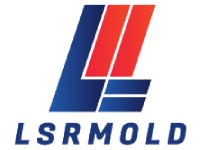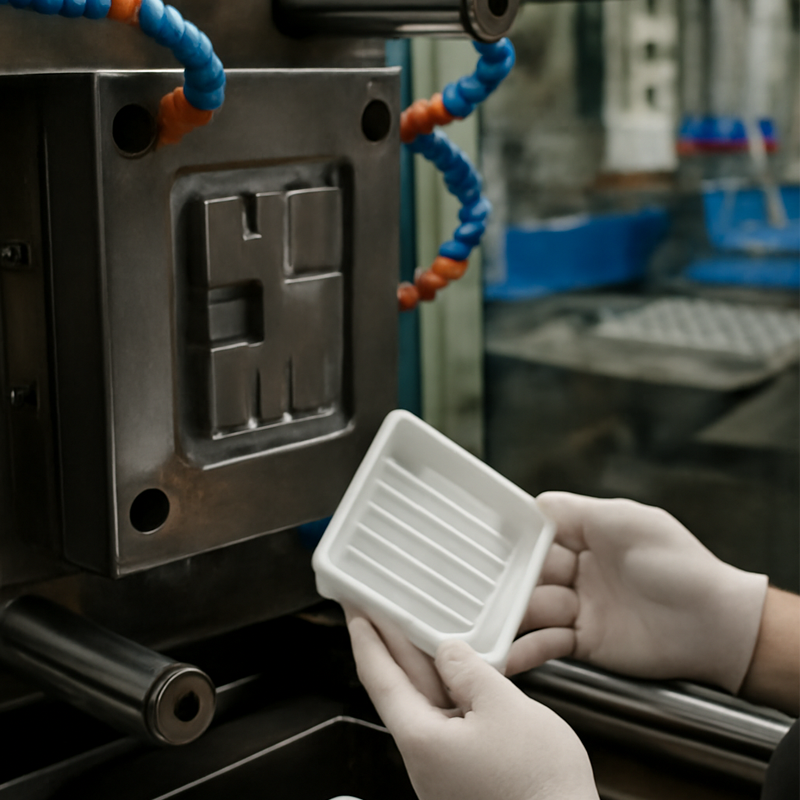When it comes to designing injection molded parts, the complexity can be overwhelming. The right design will not only meet the performance requirements but also ensure manufacturability and efficiency. However, even the most carefully thought-out designs can fall short if certain key factors are overlooked. At LSRmold, as expert suppliers and manufacturers of high-quality injection molded parts, we understand the importance of aligning design with production capabilities. This blog will delve into the critical design considerations for injection molded parts and how you can avoid common design-related failures.
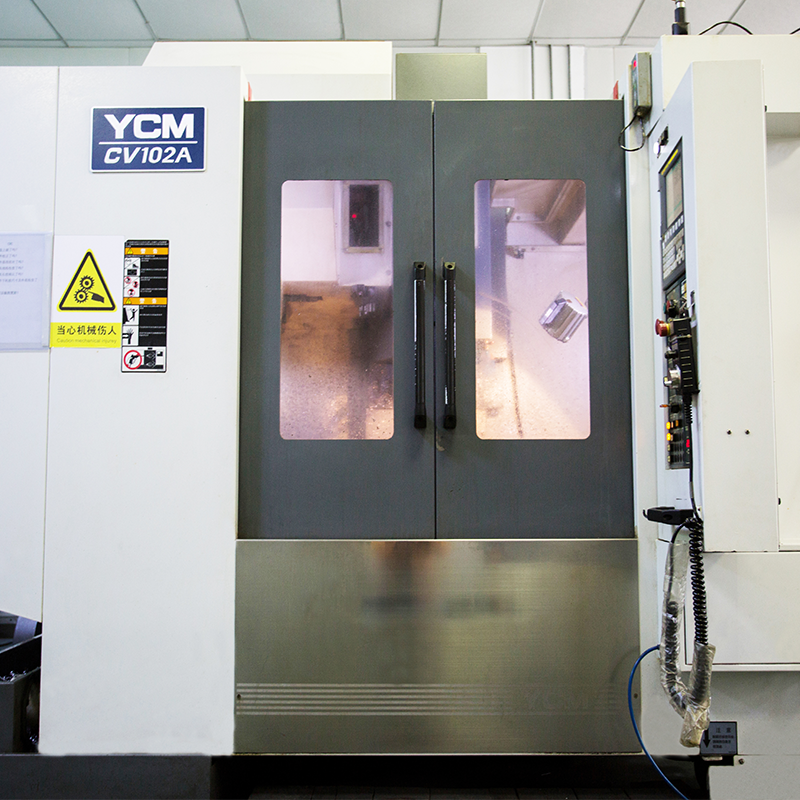
The Importance of Design in Injection Molding
Many OEMs and product engineers believe that their designs are perfect for production, but the reality is that poor design decisions can lead to defects, delays, and higher costs. Whether you’re working on a high-volume production run or a one-off custom part, it’s essential to ensure that your designs are suited for the manufacturing process. At LSRmold, we leverage our deep expertise in custom manufacturing to guide our clients through the design for manufacturability (DfM) process, ensuring that the final product meets both design and performance standards.
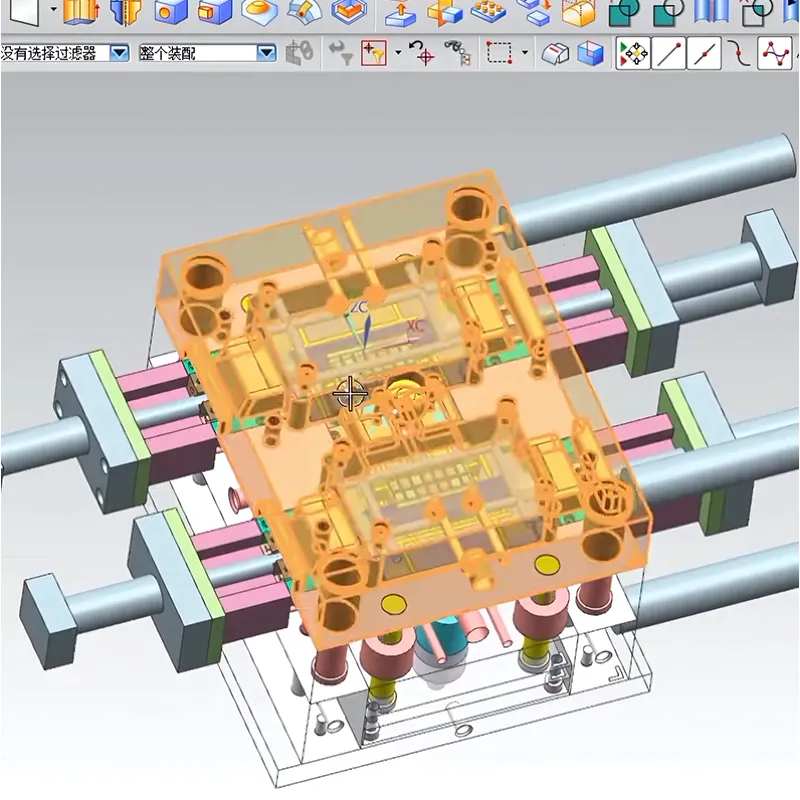
When designing for injection molding, one must account for factors like material selection, moldability, tolerance feasibility, and proper tooling. Failure to address these aspects at the early stages of design could result in defects such as environmental stress cracking, UV degradation, cycle fatigue, or creep—all of which can compromise part performance. Here’s a breakdown of the key factors to consider during the design process to prevent these issues:
1. Plastic Selection: Choosing the Right Material for the Job
Selecting the right plastic for your injection molded part is one of the most critical design decisions. With over 25,000 plastic options available, each material comes with its unique set of strengths and limitations. For example, thermoplastics like POM and PA66 offer high strength, durability, and chemical resistance, whereas materials like ABS and PC may provide better aesthetic appeal for consumer-facing products.
At LSRmold, we collaborate with our clients to select the most suitable plastic based on the desired properties such as strength, durability, and appearance. As suppliers and manufacturers, we help our customers make informed decisions to ensure the best performance and cost-effectiveness for their parts.
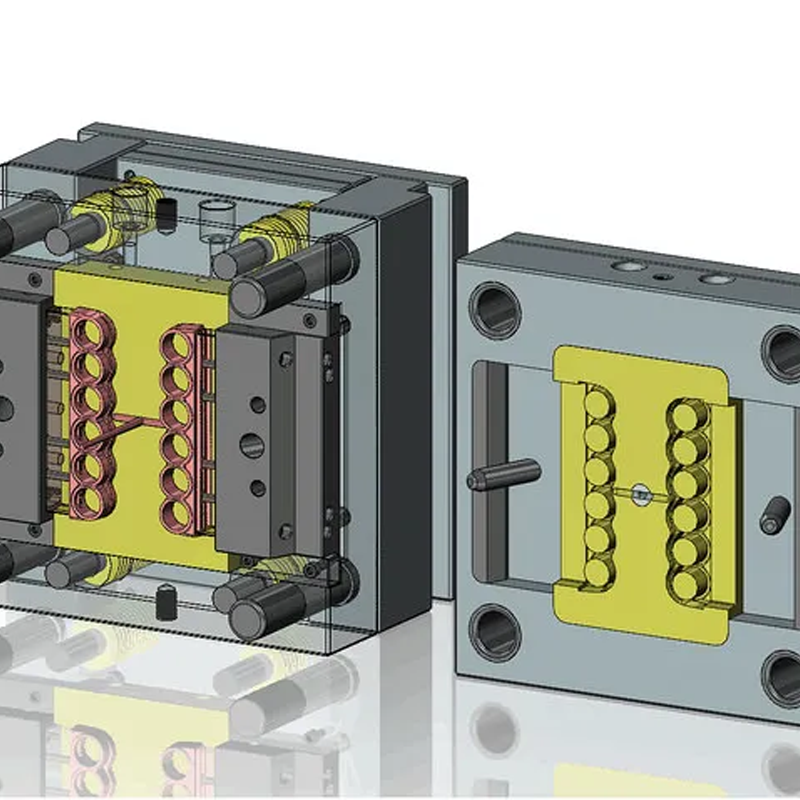
2. Moldability and Complex Features
Design features like sharp edges, undercuts, and tight tolerances need to be carefully considered when designing an injection molded part. While some features may be unavoidable, others can be adjusted to simplify the design and improve manufacturability. For instance, eliminating snap-fits or rounding sharp edges reduces stress on materials and tooling, leading to fewer production challenges and more successful moldings.
Our team at LSRmold works closely with our customers to ensure their designs are optimized for molding. We suggest modifications that can reduce the likelihood of molding defects and improve overall production efficiency.
3. Tolerance Feasibility: The Cost of Tight Tolerances
It’s common for engineers to overcompensate when specifying tight tolerances, thinking it will ensure better reliability. However, this isn’t always the best approach for manufacturing, and in many cases, it can be costly. Tight tolerances might be unattainable with the selected material, or they might increase production costs unnecessarily. LSRmold emphasizes that feasible tolerances should be applied based on the functionality and needs of the part, rather than relying on overly stringent specifications.
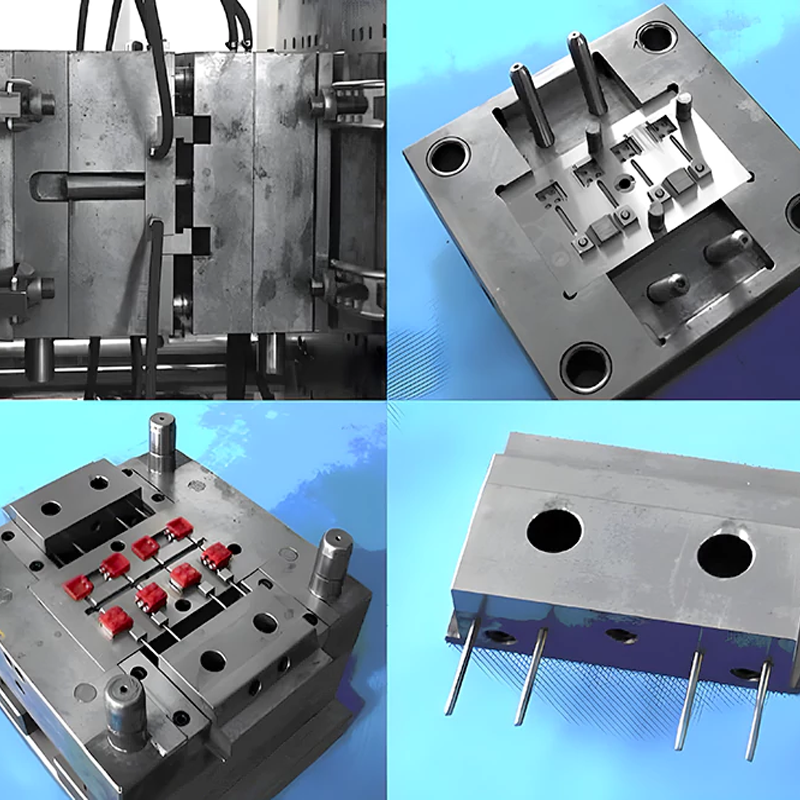
4. Draft Angles: Ensuring Easy Part Ejection
Draft angles play a crucial role in the removal of molded parts from the tool. If the draft angles aren’t designed properly, it can lead to part damage during ejection. Factors like wall thickness, shrinkage rates, and surface texturing all affect draft angle design. At LSRmold, our engineers assess these variables to ensure that the part’s draft angle aligns with the production tool’s capabilities.
5. Wall Thickness and Consistency
Uniform wall thickness is essential for minimizing internal stresses that could lead to part failure. Parts with inconsistent wall thickness may warp, shrink, or develop sink marks. Inconsistent cooling rates are another issue caused by non-uniform thickness. At LSRmold, we make sure that wall thickness is consistent throughout the design to ensure that parts maintain structural integrity and perform reliably.
6. Gating: Impact on Mold Design and Part Quality
The gate design plays a critical role in the quality of the finished part. The gate size, location, and type impact the flow of molten plastic into the mold and determine the overall part quality. Using an appropriate gating system ensures proper filling and minimizes defects such as burn marks and flow lines. Our team at LSRmold works with clients to optimize gating systems that suit the material, size, and complexity of the part, ensuring high-quality production outcomes.
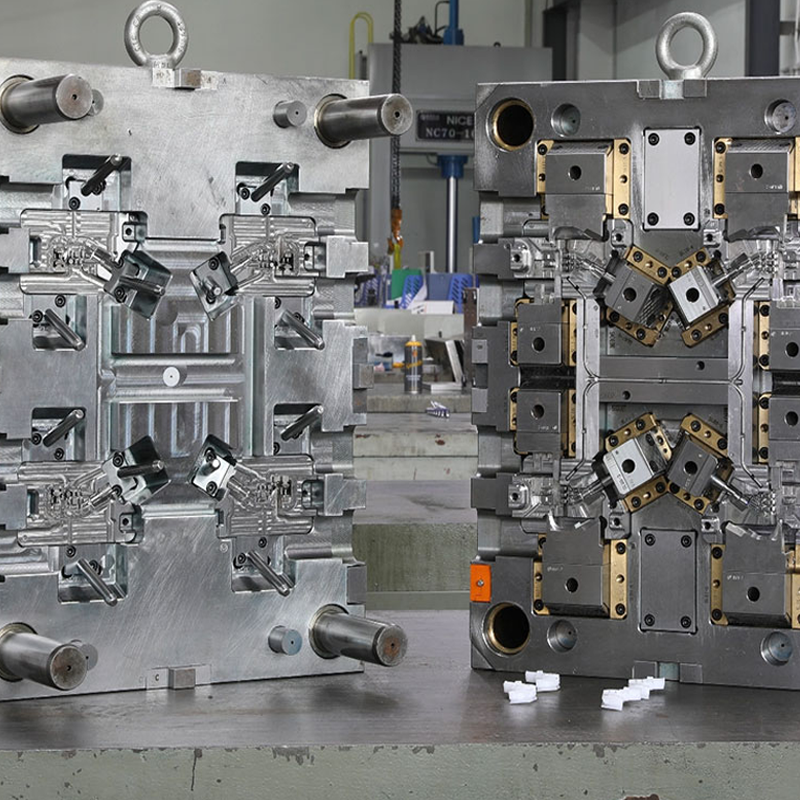
7. Secondary Operations: Planning for Post-Processing
In many cases, secondary operations such as cutting, polishing, assembly, or decorating are required to finish the part. It’s crucial to plan for these operations in the design phase to avoid delays or unnecessary expenses. At LSRmold, we offer in-house secondary services, ensuring smooth and cost-effective operations throughout the entire production process.
Conclusion: Ensuring Success with Proper Injection Mold Design
Successful injection molding starts with a solid design foundation. At LSRmold, we work hand-in-hand with our clients to ensure that every design element is considered for manufacturability and production efficiency. By addressing key design considerations such as material selection, wall thickness, and draft angles early in the process, we help customers avoid costly revisions and defects.
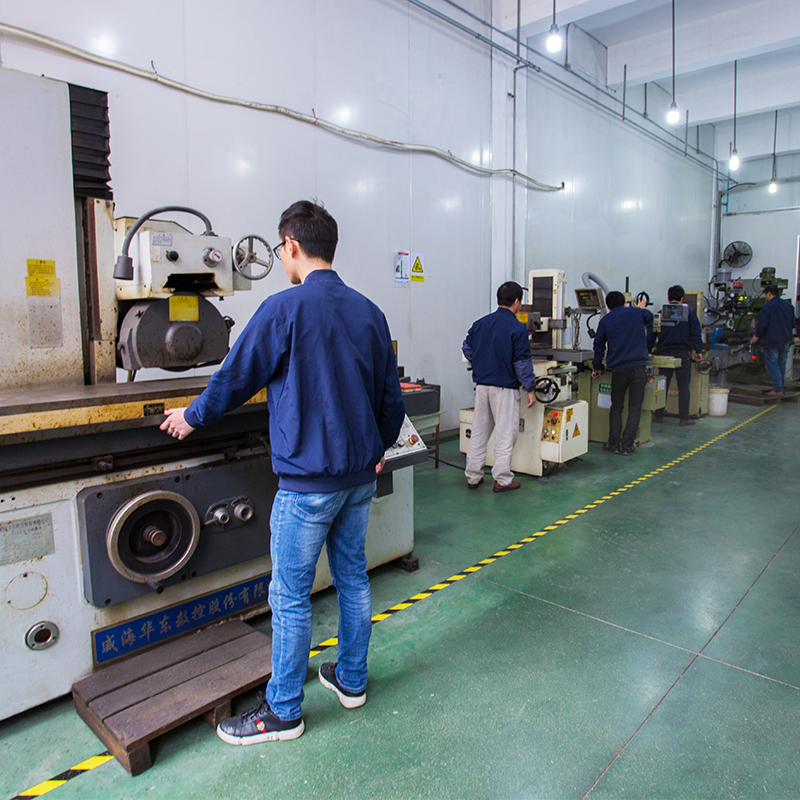
As a trusted manufacturer and supplier, LSRmold specializes in high-precision custom molding, offering one-stop service from design to delivery. Our commitment to quality and excellence ensures that your parts meet the highest standards of performance and durability. Contact us today to discuss how we can bring your injection molding project to life with precision and efficiency.
